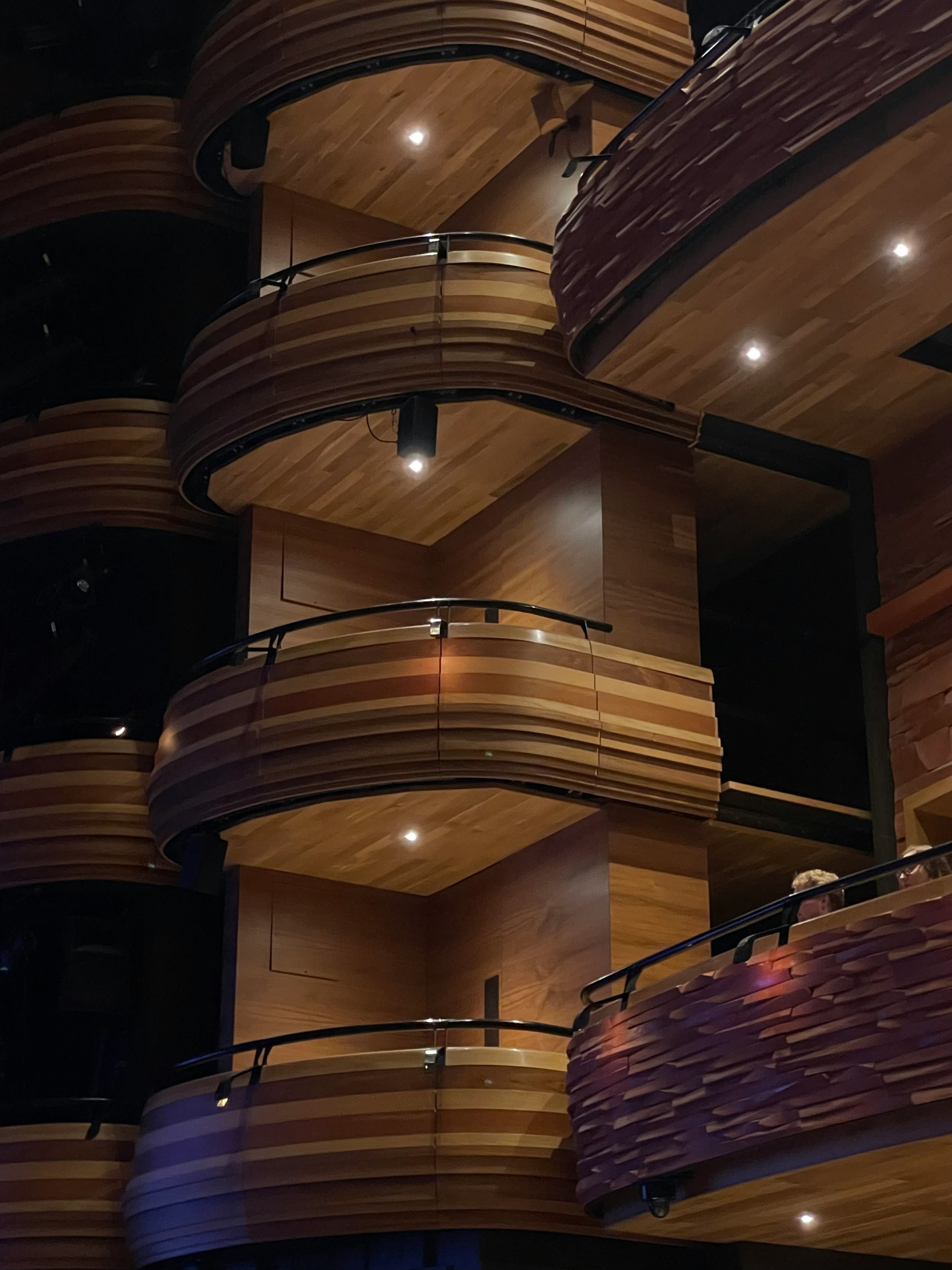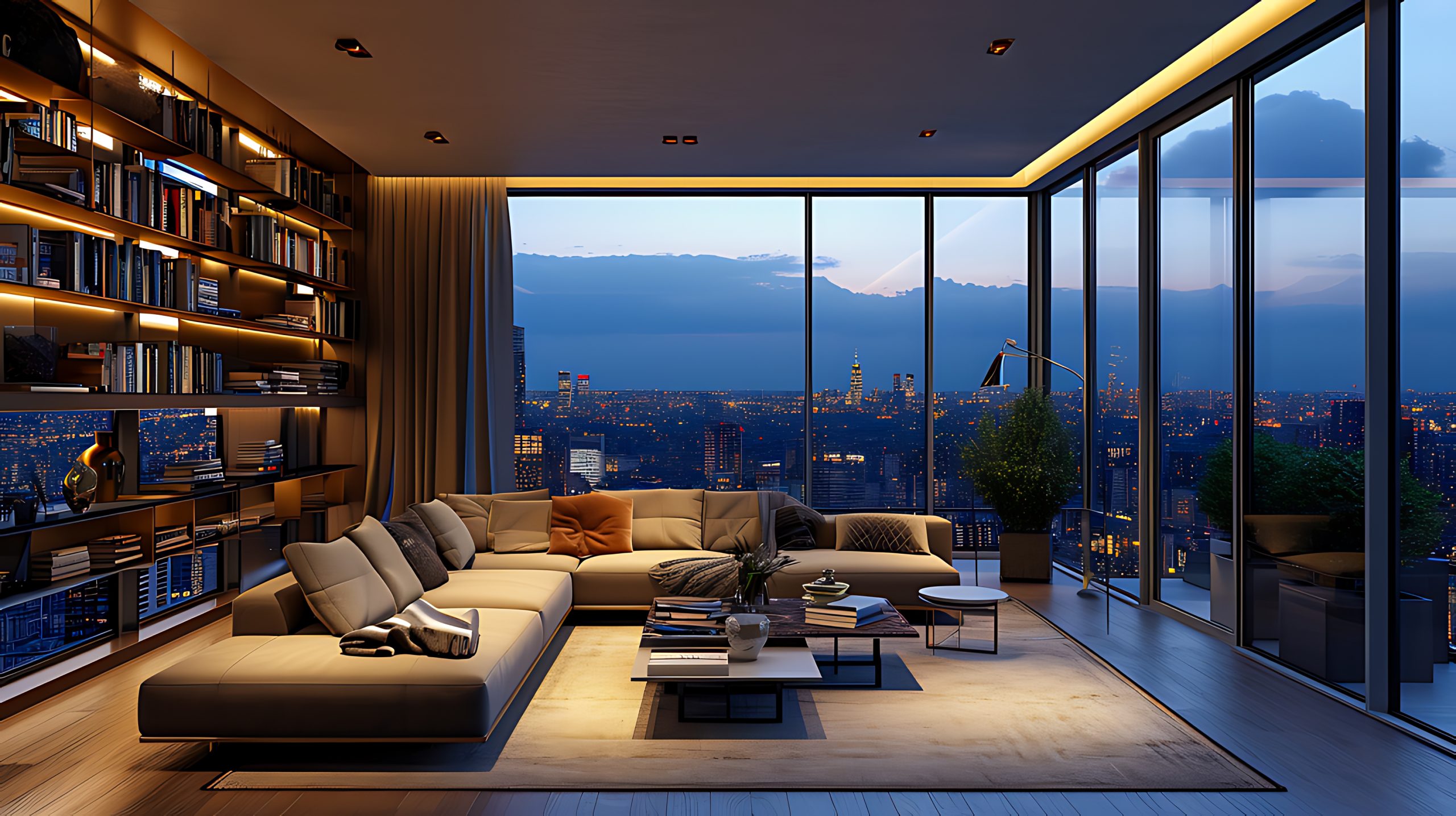
Beyond the Bulb: The Strategic Power of Downlights
Downlights, often perceived as merely functional, are in fact one of the most versatile and impactful tools in a lighting designer's arsenal. In the "Beyond the Bulb" series, we explore how these unassuming fixtures can be strategically deployed to do far more than just illuminate a floor. When thoughtfully chosen and placed, downlights can sculpt spaces, create mood, enhance textures, and guide the eye, elevating an interior from merely lit to truly artful.
The true strength of a downlight lies in its ability to provide focused illumination without drawing attention to the fixture itself. This makes them perfect for ambient lighting, providing a general wash of light across a room. However, their power extends to task lighting, offering concentrated illumination over work surfaces like kitchen counters or reading nooks. More subtly, they excel as accent lighting, highlighting architectural features, artwork, or decorative elements. The choice between a wide beam for general illumination or a narrow beam to create a dramatic "punch" of light allows for immense creative control, enabling designers to paint with light and shadow.
Achieving optimal results with downlights involves careful consideration of several factors. Placement and spacing are critical; uniform grids can provide even ambient light, while strategic clusters can define zones or create visual pathways. Dimming capabilities are essential, allowing for flexible control over intensity to shift the mood from bright and energetic to soft and intimate. The color temperature of the light (warm vs. cool) profoundly influences the atmosphere, as does the Color Rendering Index (CRI), which ensures colors appear natural and vibrant. Finally, features like gimbaled (adjustable) downlights offer the flexibility to direct light precisely where needed, making them invaluable for accenting specific features or adapting to changing room layouts. By mastering these elements, downlights transition from simple light sources to integral components of a sophisticated lighting design.
Stay tuned for more lighting topics!
Blox's Team, Light Less Ordinary.

But what about lighting? Has the flicker of fluorescent lighting finally gotten to you? There are plenty of problems attributed to lighting, from migraines to eye strain.

Lighting is very important in enhancing space and shaping it according to the function of the space. Essentially, lighting is the 'soul' of the space.

"Owning less, living more" has become the guiding mantra of a new generation, where renting offers a sense of freedom and possibility. It liberates us from the responsibilities of homeownership—no repairs to worry about, no property upkeep to stress over. Instead, renting empowers us with flexibility, allowing us to prioritize experiences, personal growth, and self-expression over long-term commitments. While personalizing a rented space may seem challenging, it’s an invitation to unleash creativity, transforming a temporary residence into a reflection of your unique style and a home that truly feels like yours.
